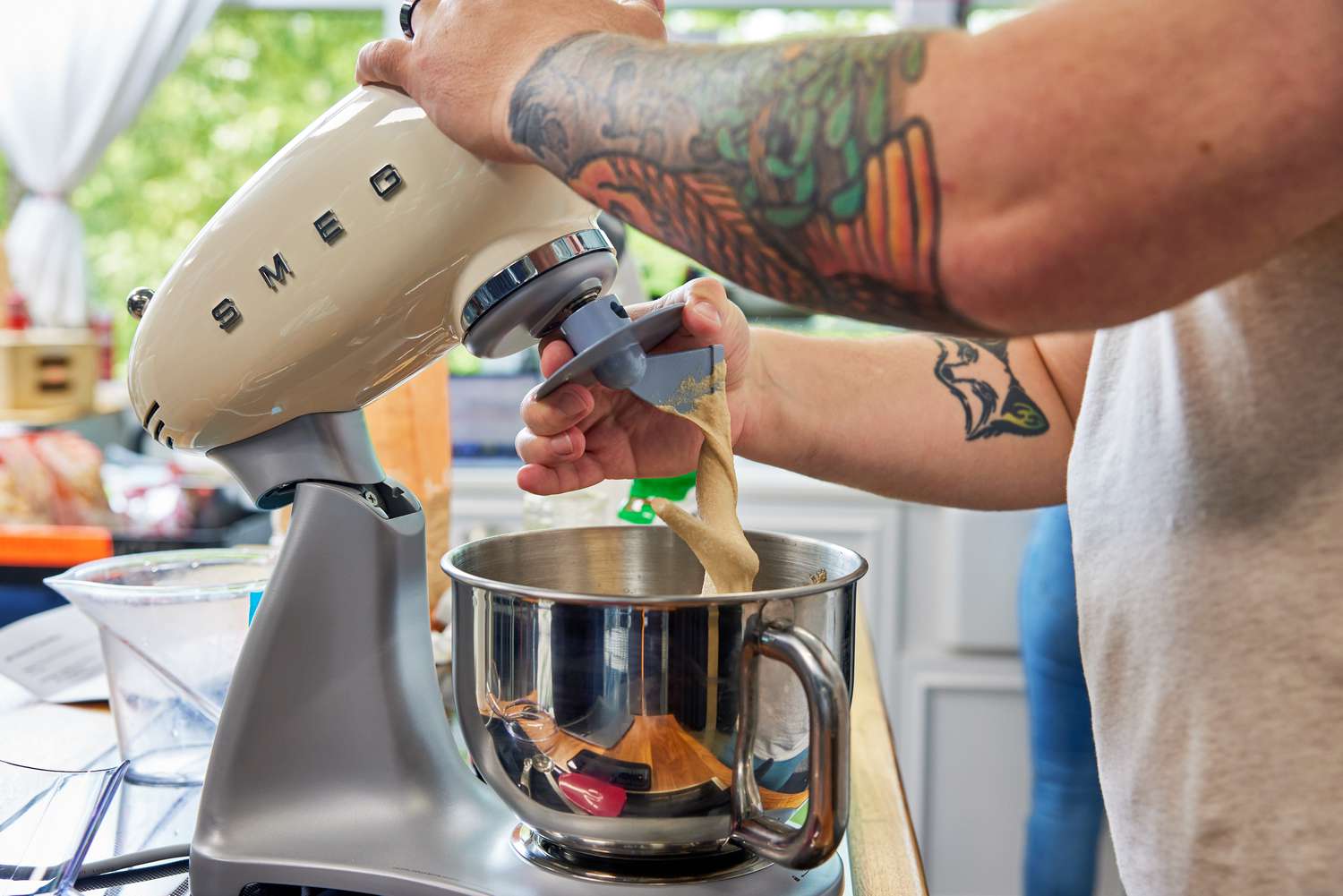

Articles
How To Make Bread Without A Mixer
Modified: March 1, 2024
Learn how to make delicious homemade bread without the need for a mixer with these helpful articles. Start baking your favorite loaves today!
(Many of the links in this article redirect to a specific reviewed product. Your purchase of these products through affiliate links helps to generate commission for Storables.com, at no extra cost. Learn more)
Introduction
There’s nothing quite like the aroma of freshly baked bread filling your home. The process of making bread from scratch can be a deeply satisfying experience, and you don’t necessarily need a mixer to achieve delicious results. In fact, making bread without a mixer allows you to connect more intimately with the dough, feeling and understanding its texture and consistency.
In this article, we will guide you through the steps of making bread without a mixer, from gathering the ingredients to baking the loaf to perfection. So roll up your sleeves, dust off your apron, and let’s get started on this homemade bread baking adventure!
Before we dive into the process, let’s make sure you have all the necessary ingredients on hand.
Key Takeaways:
- Embrace the hands-on approach of making bread without a mixer to connect intimately with the dough, personalize each loaf, and enjoy the therapeutic process of kneading and shaping.
- Enjoy the rewarding and fulfilling experience of creating your own homemade bread masterpiece, savoring the incredible aroma, and sharing the love and warmth of freshly baked bread with your loved ones.
Read more: How To Make Cookies Without A Mixer
Ingredients
The beauty of homemade bread is that it only requires a few simple ingredients that you may already have in your pantry. Here’s what you’ll need:
- 3 cups all-purpose flour
- 1 and 1/2 teaspoons active dry yeast
- 1 and 1/2 teaspoons salt
- 1 and 1/2 cups lukewarm water
- 1 tablespoon olive oil (for greasing the bowl)
That’s it! With just these five ingredients, you can create a delicious loaf of homemade bread. Now, let’s move on to mixing the dough.
Mixing the Dough
Once you have gathered all the ingredients, it’s time to mix the dough. Mixing the dough by hand allows you to have better control over the texture and consistency of the bread. Here’s how you can do it:
- In a large mixing bowl, combine the all-purpose flour, active dry yeast, and salt. Stir them together until they are well mixed.
- Create a well in the center of the dry ingredients and pour in the lukewarm water.
- Using a wooden spoon or your hands, gradually incorporate the dry ingredients into the water. Continue mixing until a shaggy dough forms.
- Once the dough starts to come together, you can lightly grease your hands with olive oil and begin kneading the dough.
Kneading the dough is an important step that helps develop gluten, which gives bread its structure and elasticity. Let’s move on to the next section to learn more about kneading.
Kneading the Dough
Kneading is where the magic happens in bread making. By gently stretching and folding the dough, you help develop the gluten strands that give bread its structure and texture. Here’s how to knead the dough without a mixer:
- Transfer the dough onto a clean, lightly floured surface.
- Using the heel of your hand, push the dough away from you, then fold it back over itself.
- Rotate the dough a quarter turn and repeat the pushing and folding process.
- Continue kneading for about 10-15 minutes until the dough becomes smooth, elastic, and springs back when gently pressed with your finger.
Don’t worry if the dough sticks to your hands or the surface initially. You can sprinkle a little flour as needed to prevent sticking, but be careful not to add too much flour, as it can make the bread dense.
Once you have finished kneading, it’s time to let the dough rise and develop its flavors. This process is called proofing.
Proofing the Dough
Proofing is a crucial step in bread making that allows the dough to rise, ferment, and develop its flavor. Without a mixer, you can still achieve a beautifully proofed dough by following these steps:
- Lightly grease a clean bowl with olive oil and place the kneaded dough into the bowl.
- Cover the bowl with a clean kitchen towel or plastic wrap to create a warm and humid environment for the dough.
- Find a draft-free area in your kitchen and let the dough rise for about 1 to 2 hours, or until it doubles in size.
The time needed for proofing can vary depending on the temperature of your kitchen and the yeast you are using. It’s important to keep an eye on the dough and look for visible signs of rising, such as an increase in volume and a light, airy texture.
Once the dough has doubled in size, it’s time to move on to the next step: shaping the dough into a loaf.
When making bread without a mixer, use your hands to knead the dough thoroughly to develop the gluten. This will help create a good texture and structure in the bread.
Read more: How To Make Frosting Without Mixer
Shaping the Bread
The process of shaping the bread not only gives it its final form but also helps create a beautiful crust and airy crumb. Here’s how you can shape your bread without a mixer:
- Transfer the proofed dough onto a lightly floured surface and gently punch it down to release any air bubbles.
- Shape the dough into a rectangle by flattening it out with your hands.
- Starting from one edge, tightly roll the dough into a log shape, sealing the seams as you go.
- Pinch the ends of the dough and tuck them underneath to create a smooth and uniform shape.
- Place the shaped dough onto a parchment-lined baking sheet or into a greased loaf pan, depending on the type of bread you’re making.
At this stage, you can also score the top of the bread with a sharp knife or razor blade to create decorative patterns and allow for controlled expansion during baking.
With the dough flawlessly shaped, it’s time to move on to the final step: baking the bread.
Baking the Bread
After putting in all the hard work and love into making the dough, it’s time to bake it to perfection. Here’s how to bake your bread without a mixer:
- Preheat your oven to the desired temperature based on the recipe you’re following.
- If you’re using a loaf pan, place the pan directly into the preheated oven. If you’re using a free-form shape, place the baking sheet with the bread onto the oven rack.
- Bake the bread for the recommended time, usually around 30-40 minutes. The exact baking time may vary depending on the size and type of bread.
- To ensure the bread is fully baked, gently tap the bottom of the loaf – it should sound hollow.
- Once baked, carefully remove the bread from the oven and transfer it to a cooling rack.
Allow the bread to cool completely before slicing. This will help the loaf retain its shape and prevent it from becoming gummy.
Now that you’ve successfully baked your bread, it’s time to savor the incredible aroma and enjoy the fruits of your labor.
Cooling and Storing the Bread
Properly cooling and storing your freshly baked bread is essential for preserving its texture and flavor. Here’s what you need to know:
- Once the bread is out of the oven, allow it to cool completely on a wire rack. This will help the interior of the bread continue to set and prevent excess moisture from accumulating.
- Resist the temptation to slice into the bread immediately, as it may still be steaming hot and can become doughy.
- Once cooled, you can store the bread in a bread box, a paper bag, or wrap it in a clean kitchen towel. Avoid using plastic bags or airtight containers, as they can trap moisture and make the crust soggy.
- If you plan to consume the bread within a day or two, keeping it at room temperature is sufficient. However, if you want to prolong its freshness, you can store it in the refrigerator for up to a week.
- Before serving the bread, you can warm it slightly in the oven for a few minutes to restore its crustiness.
Remember that homemade bread is best enjoyed within a few days of baking, as it does not contain preservatives and thus has a shorter shelf life than store-bought bread.
Now that you’ve learned the process of cooling and storing your bread, it’s time to enjoy the delicious homemade goodness!
Conclusion
Making bread without a mixer may seem daunting at first, but with a little bit of time, patience, and practice, you can achieve amazing results. By mixing and kneading the dough by hand, you can develop a deeper connection with the bread-making process, allowing you to personalize each loaf according to your preferences.
From the simplicity of the ingredients to the therapeutic process of kneading and shaping the dough, making bread without a mixer is a rewarding and fulfilling experience. The aroma of freshly baked bread wafting through your kitchen and the joy of biting into a warm, crusty slice make it all worth it.
So, the next time you feel the urge to bake bread, don’t let the absence of a mixer hold you back. Embrace the hands-on approach, follow the steps outlined in this article, and enjoy the satisfaction of creating your own homemade bread masterpiece.
Remember, making bread is as much about the journey as it is about the final result. Enjoy every step, experiment with flavors and techniques, and share the love and warmth of freshly baked bread with your loved ones.
Frequently Asked Questions about How To Make Bread Without A Mixer
Was this page helpful?
At Storables.com, we guarantee accurate and reliable information. Our content, validated by Expert Board Contributors, is crafted following stringent Editorial Policies. We're committed to providing you with well-researched, expert-backed insights for all your informational needs.
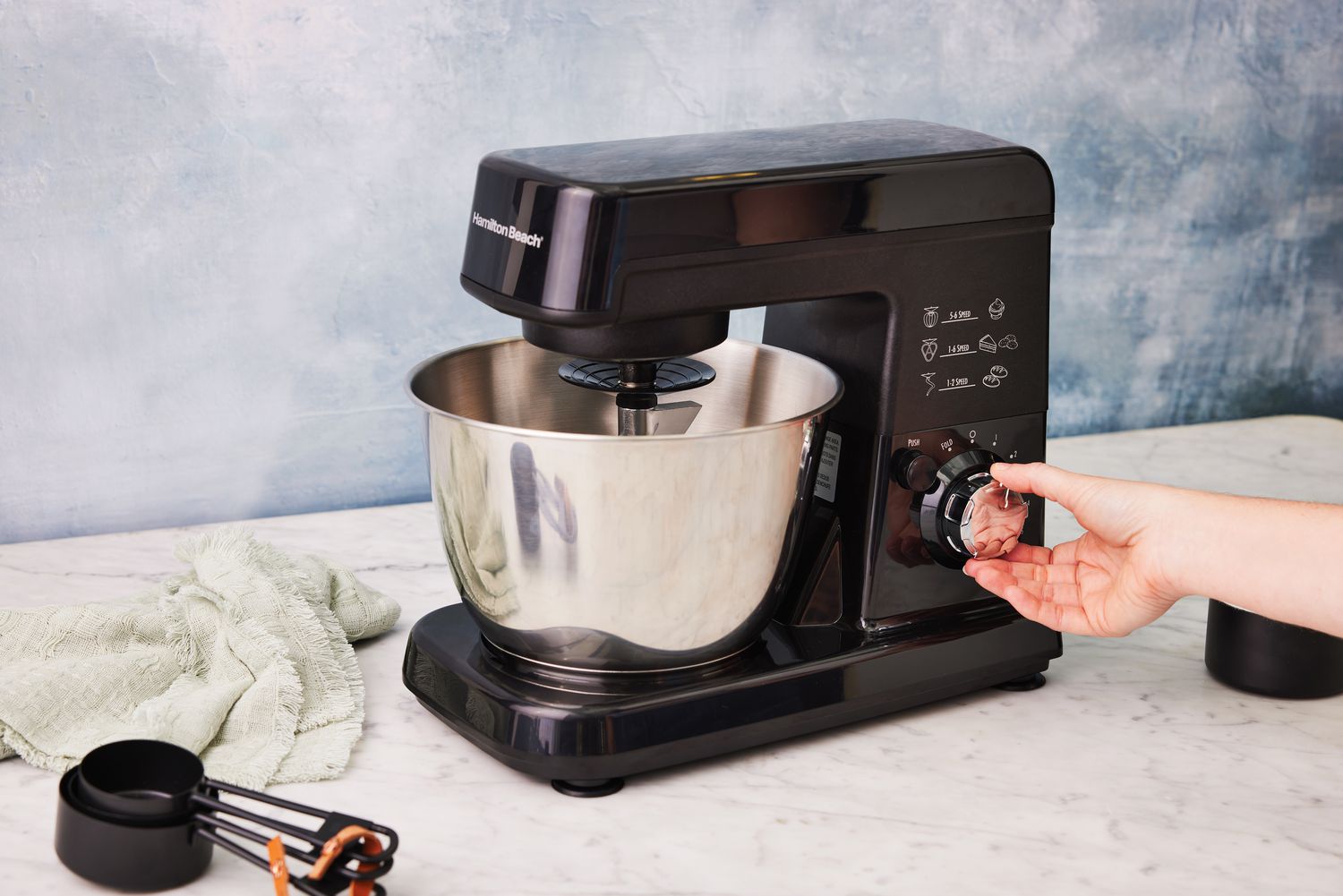
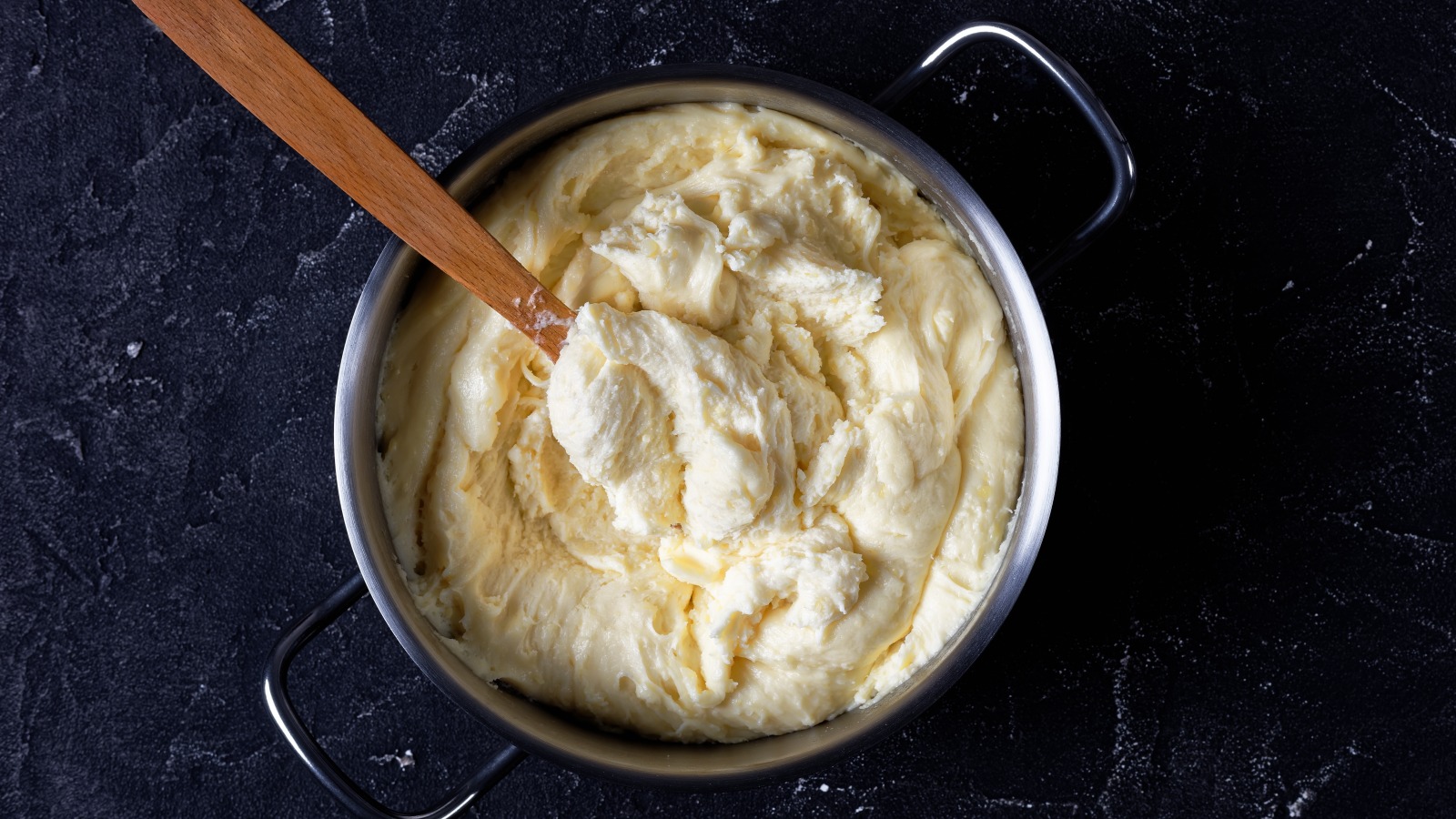
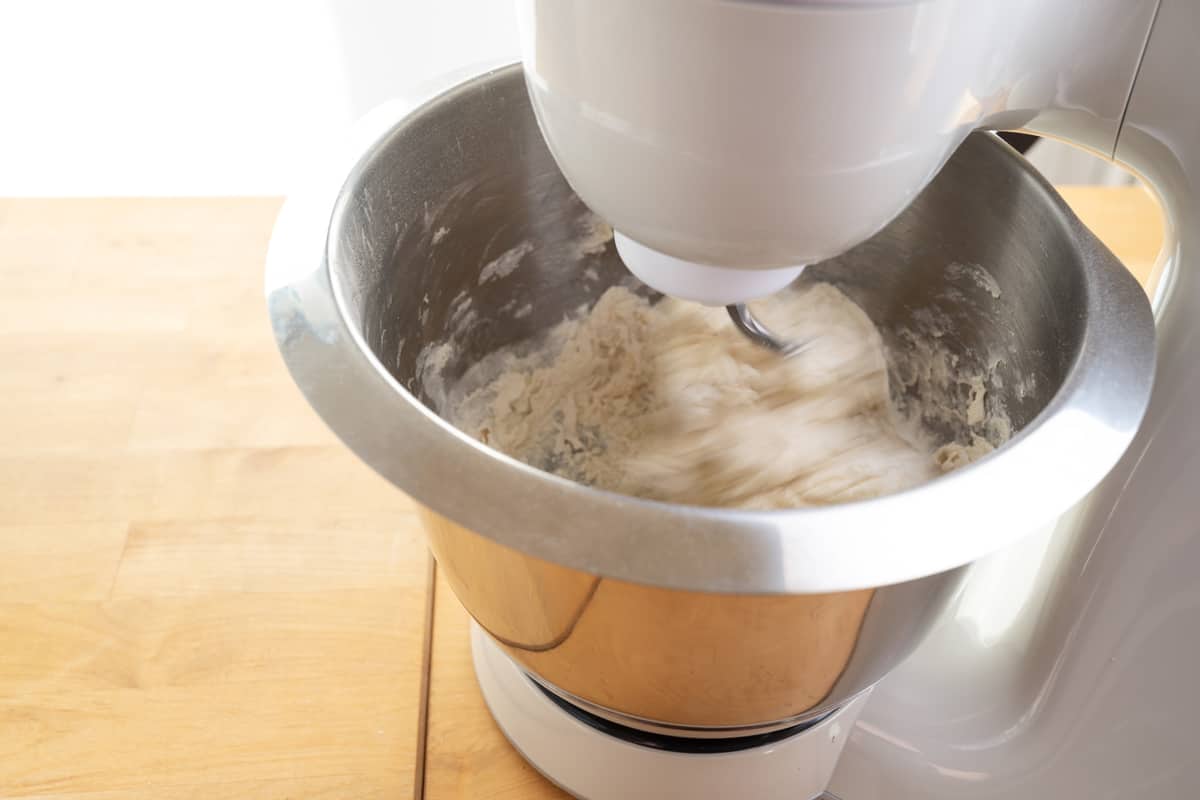
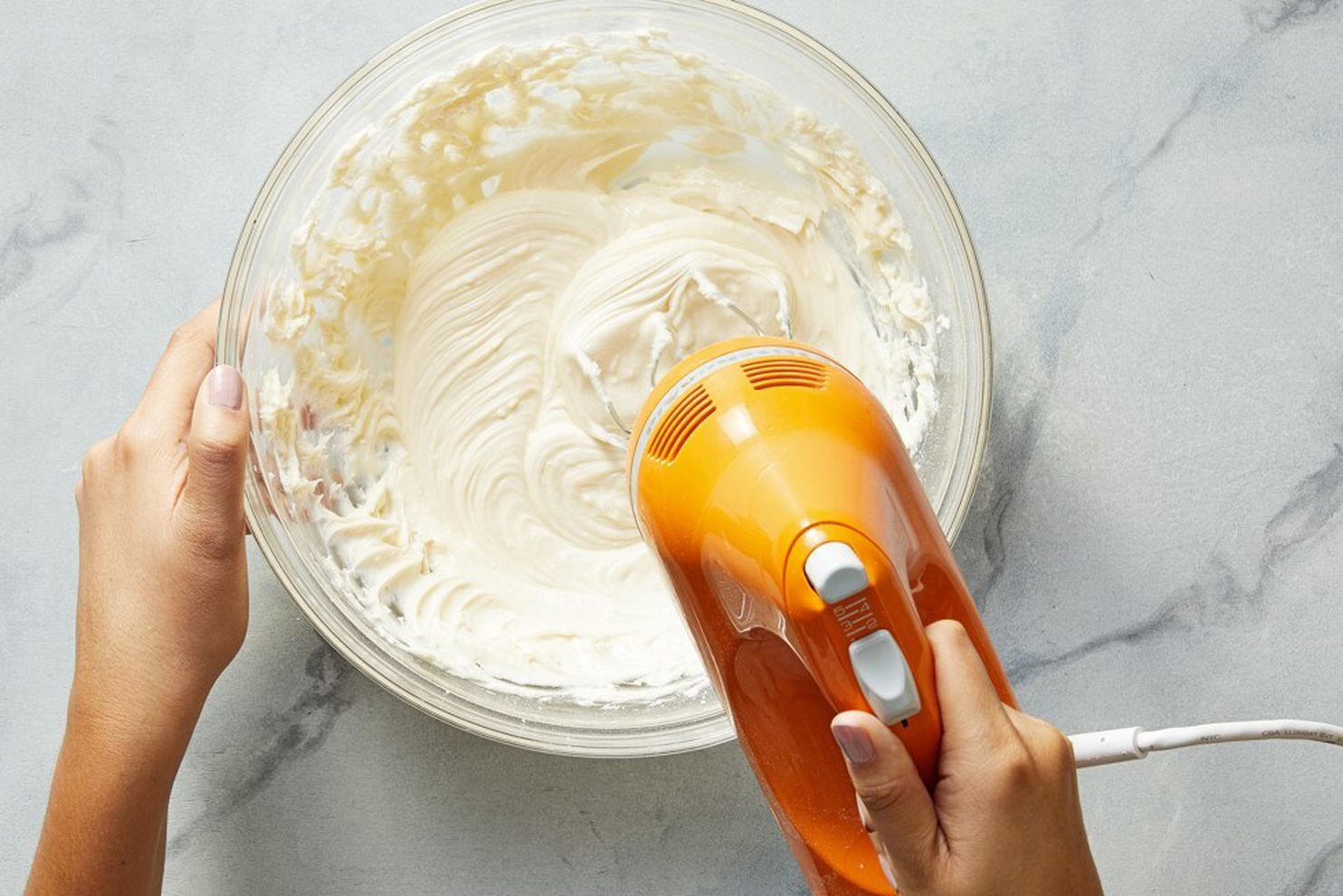
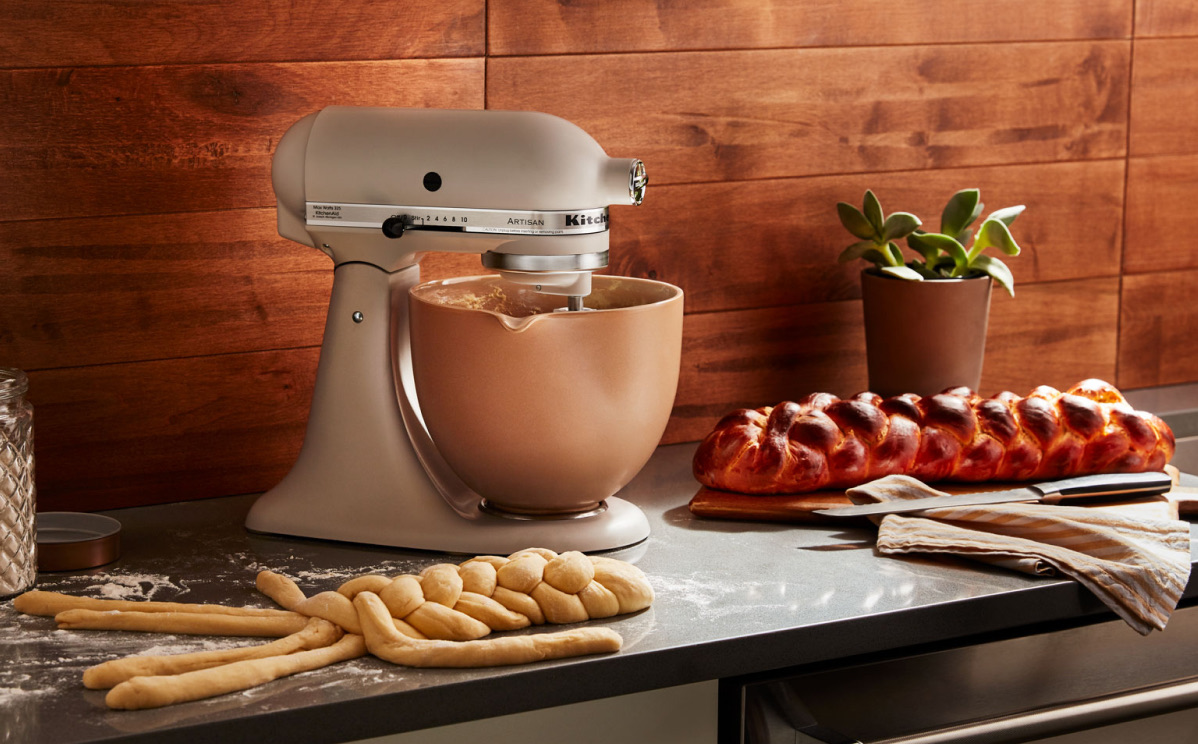
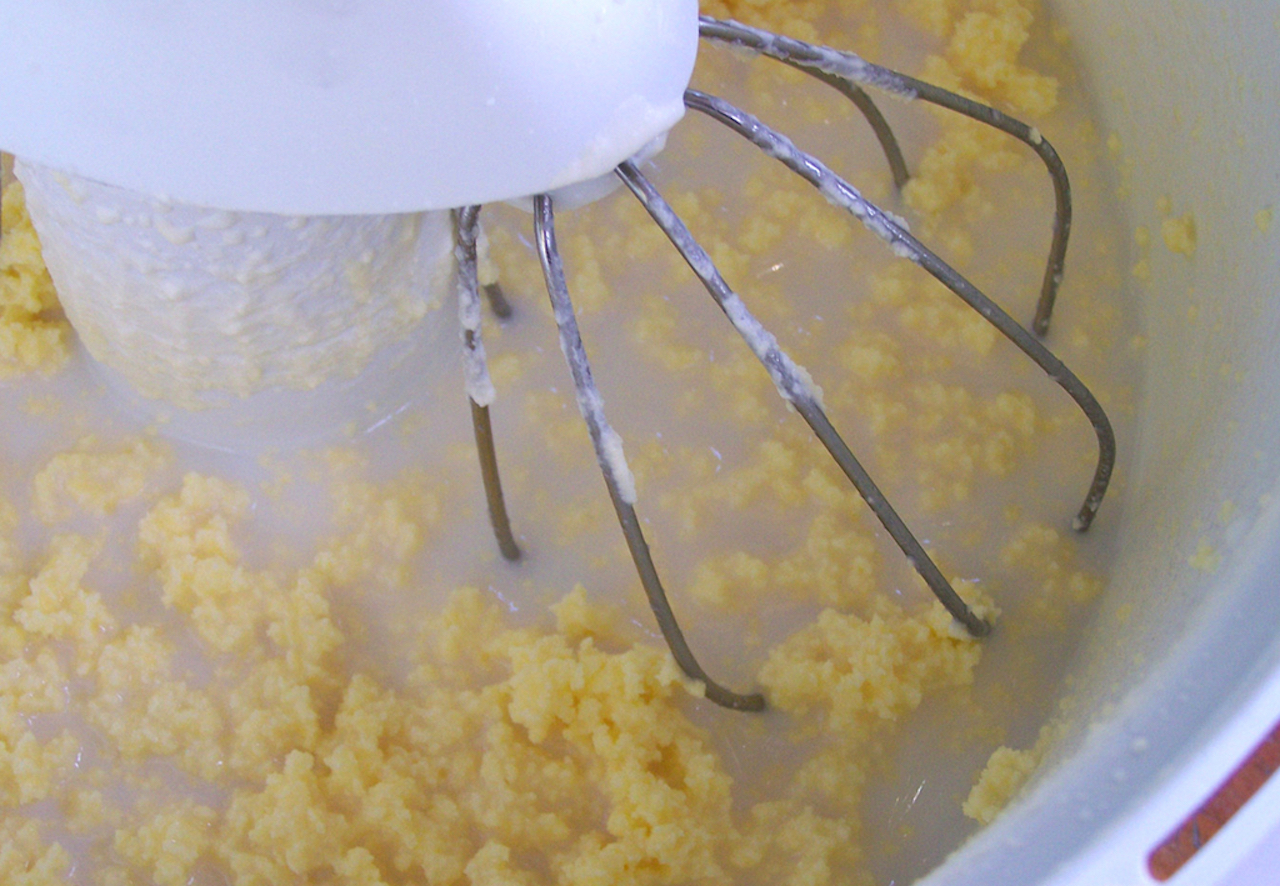
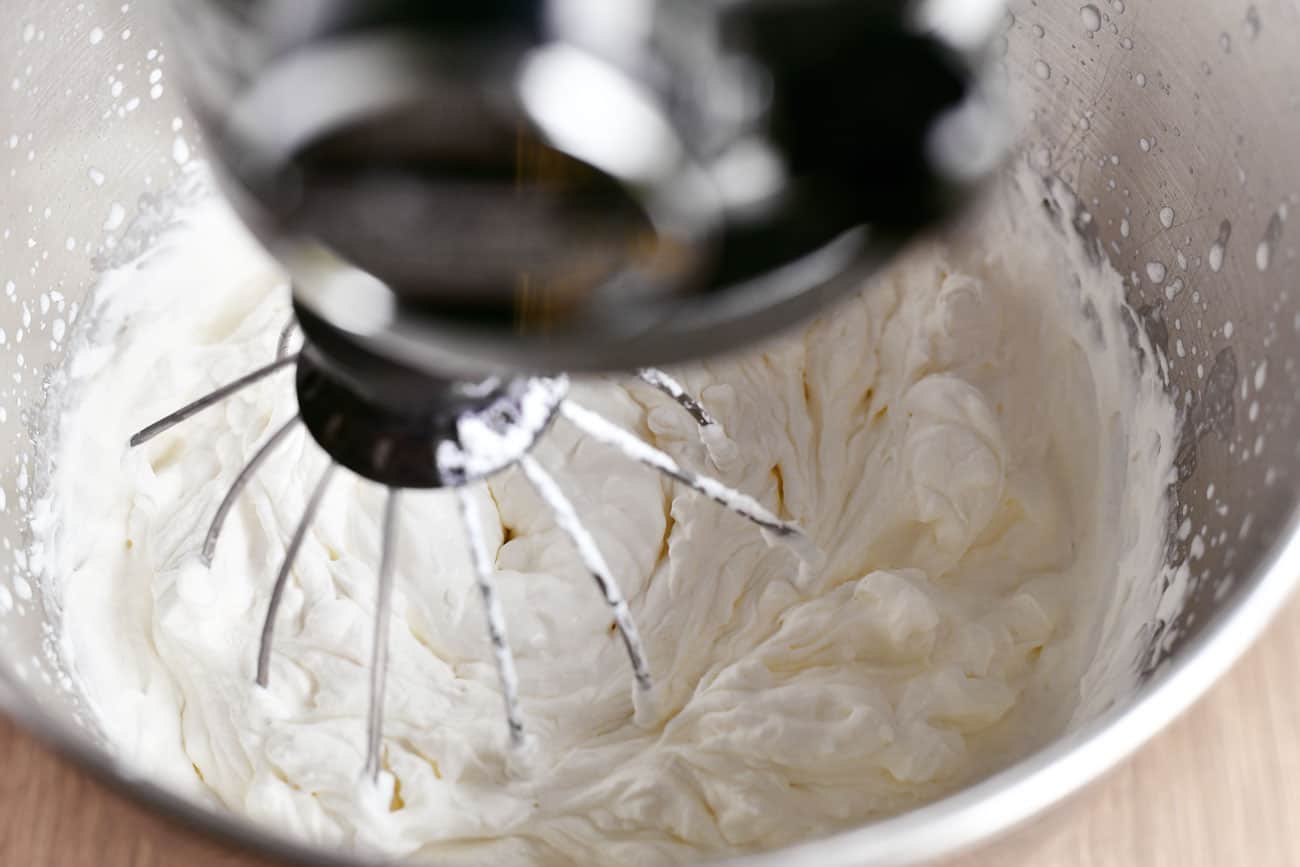
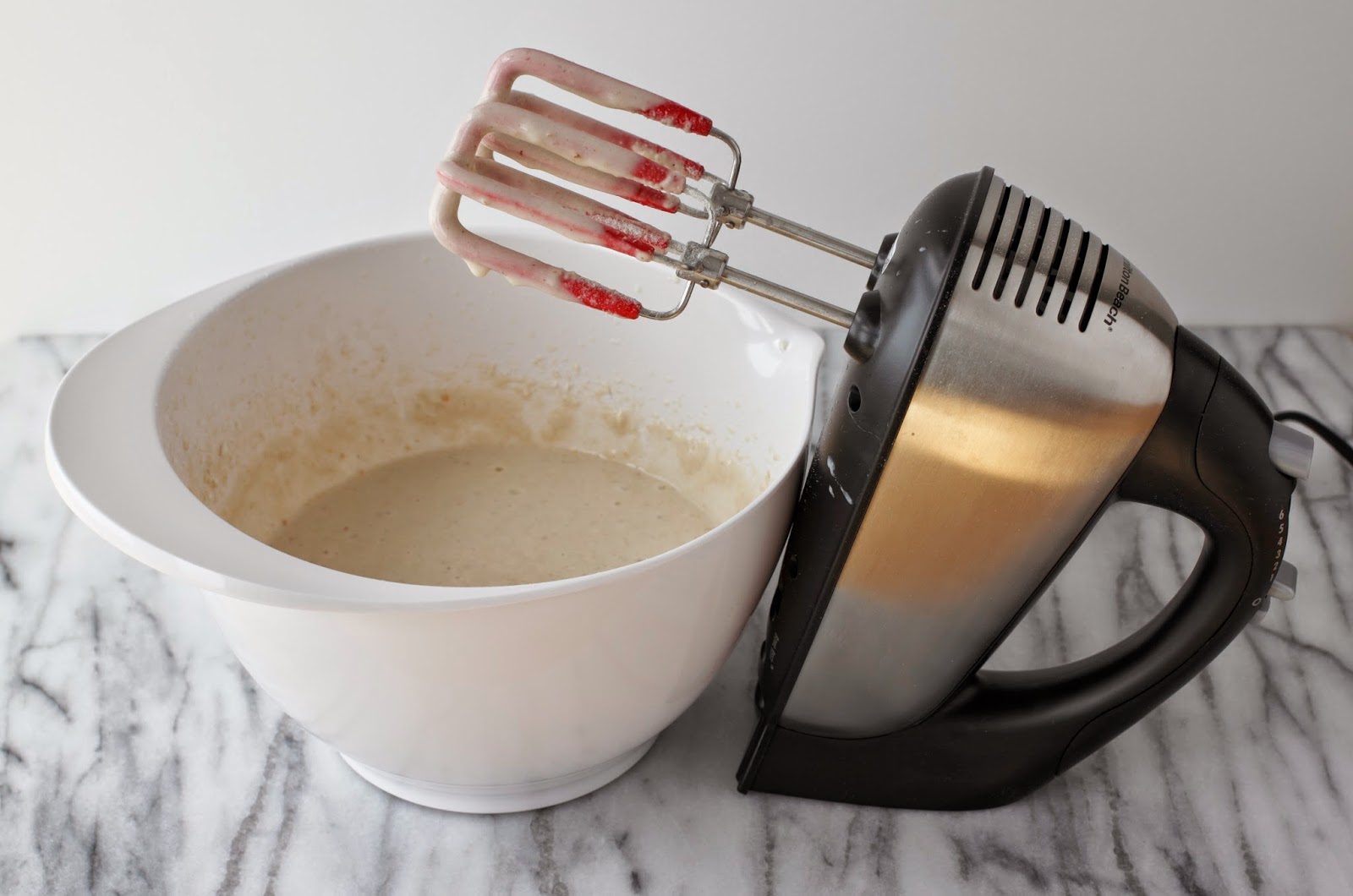
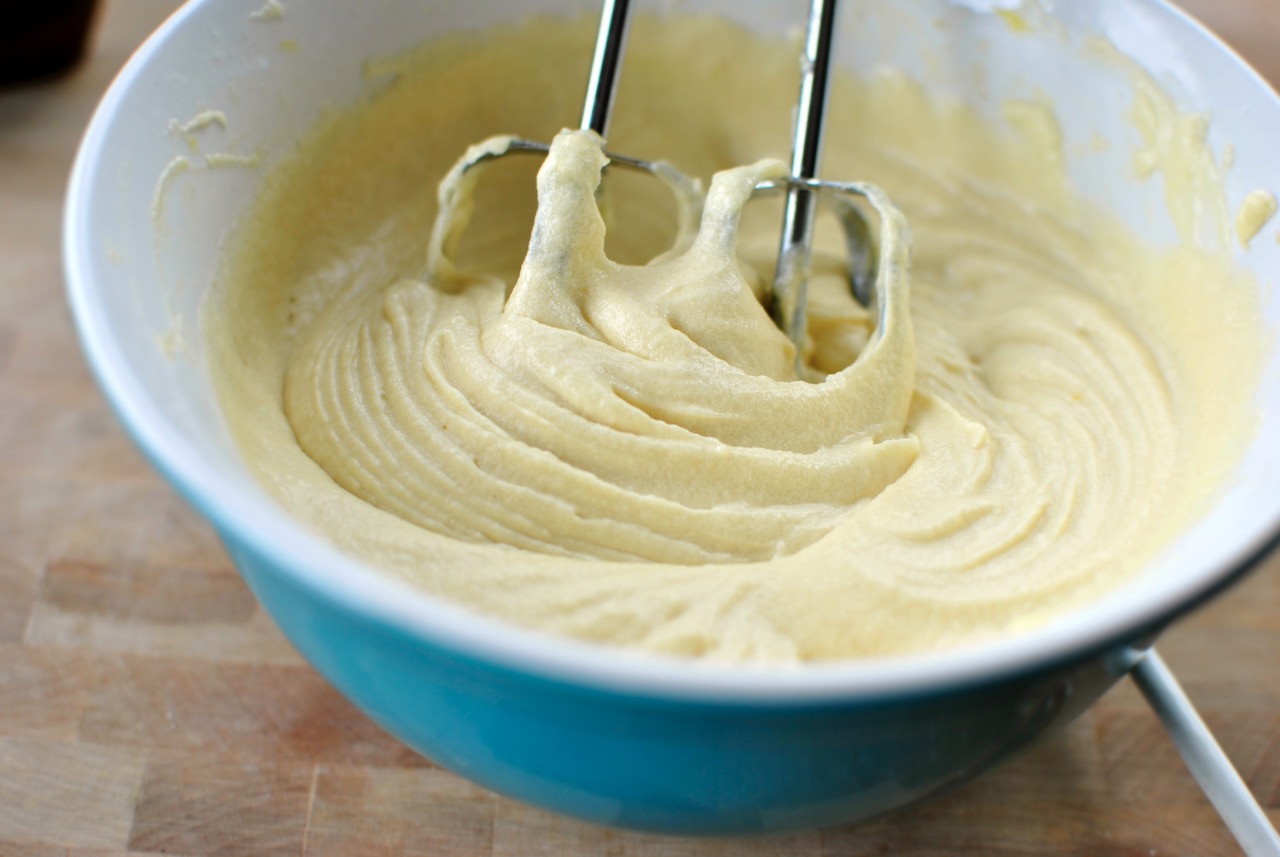
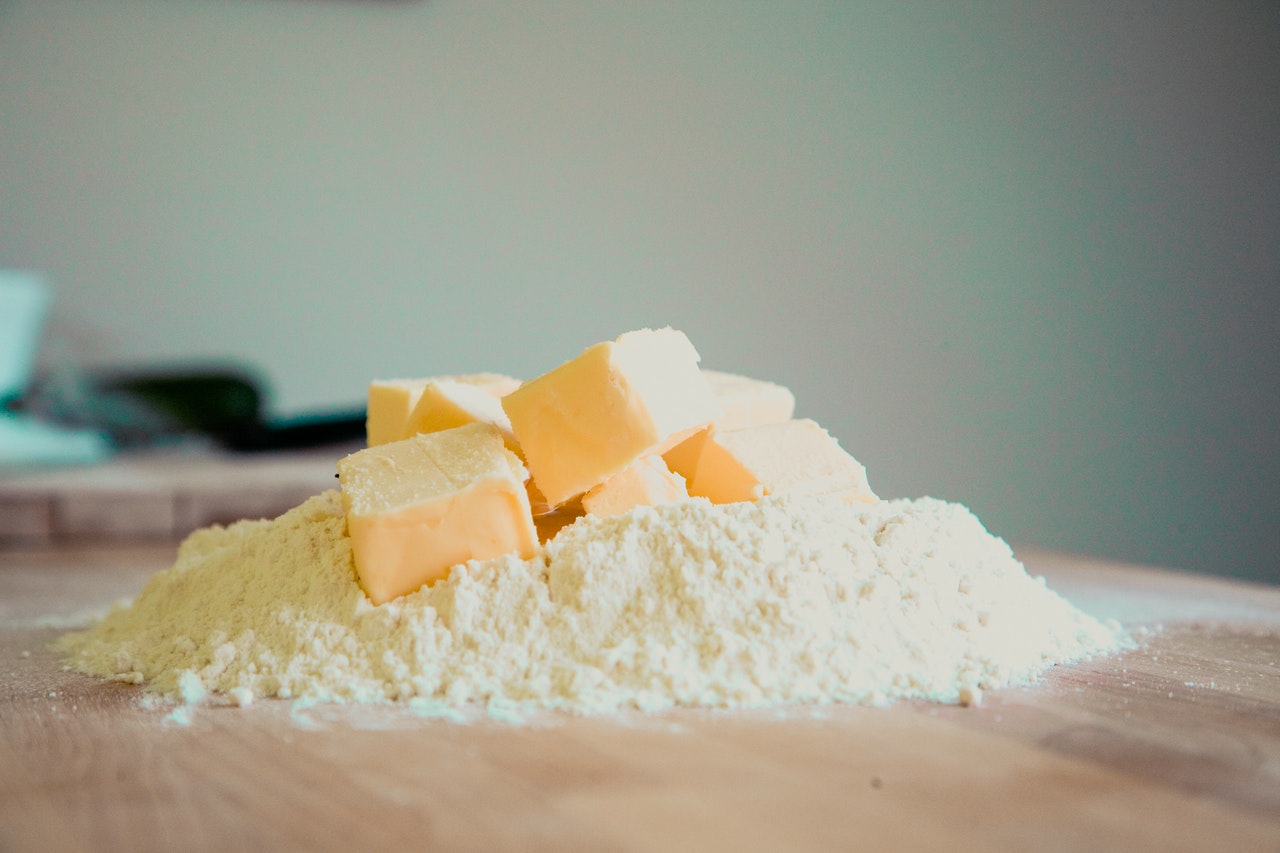
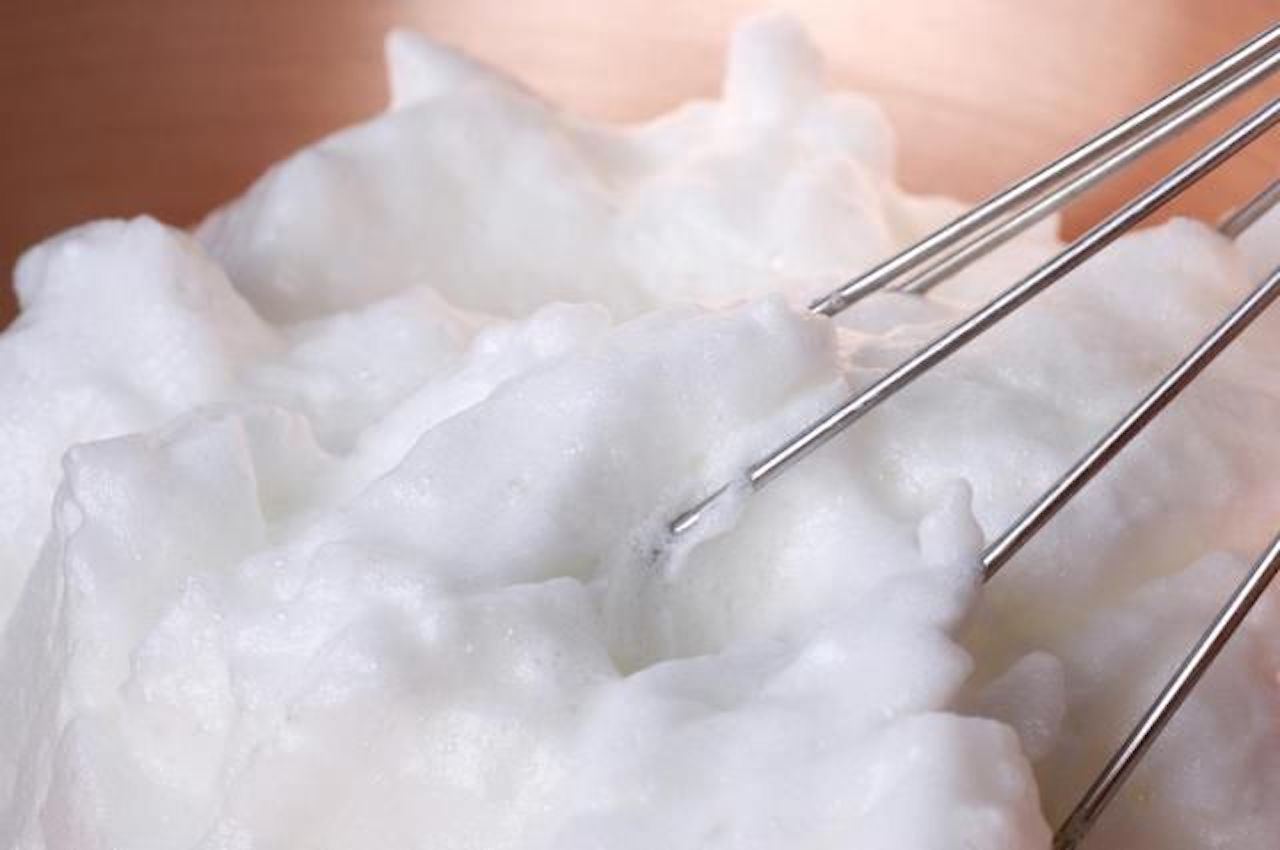
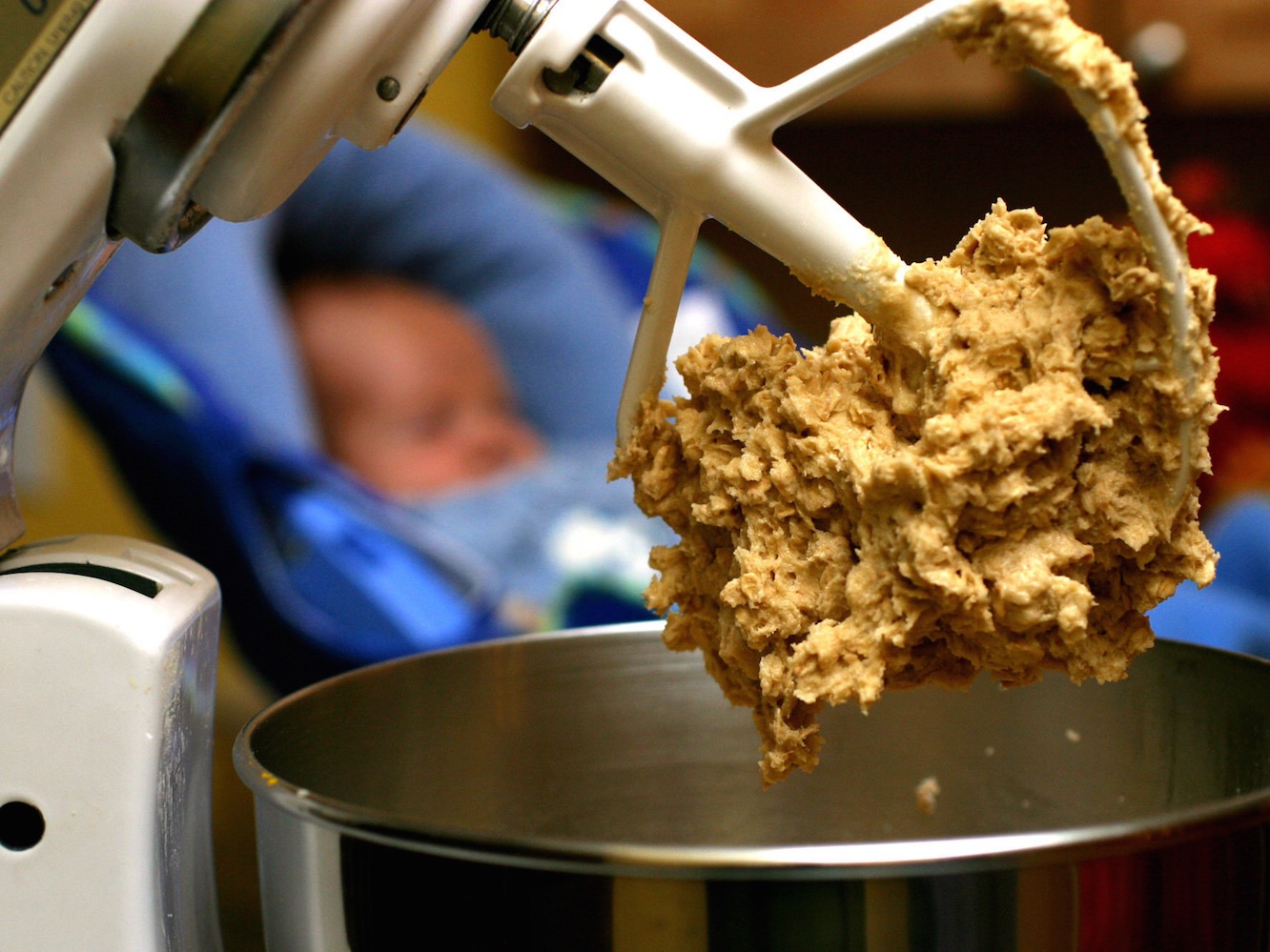
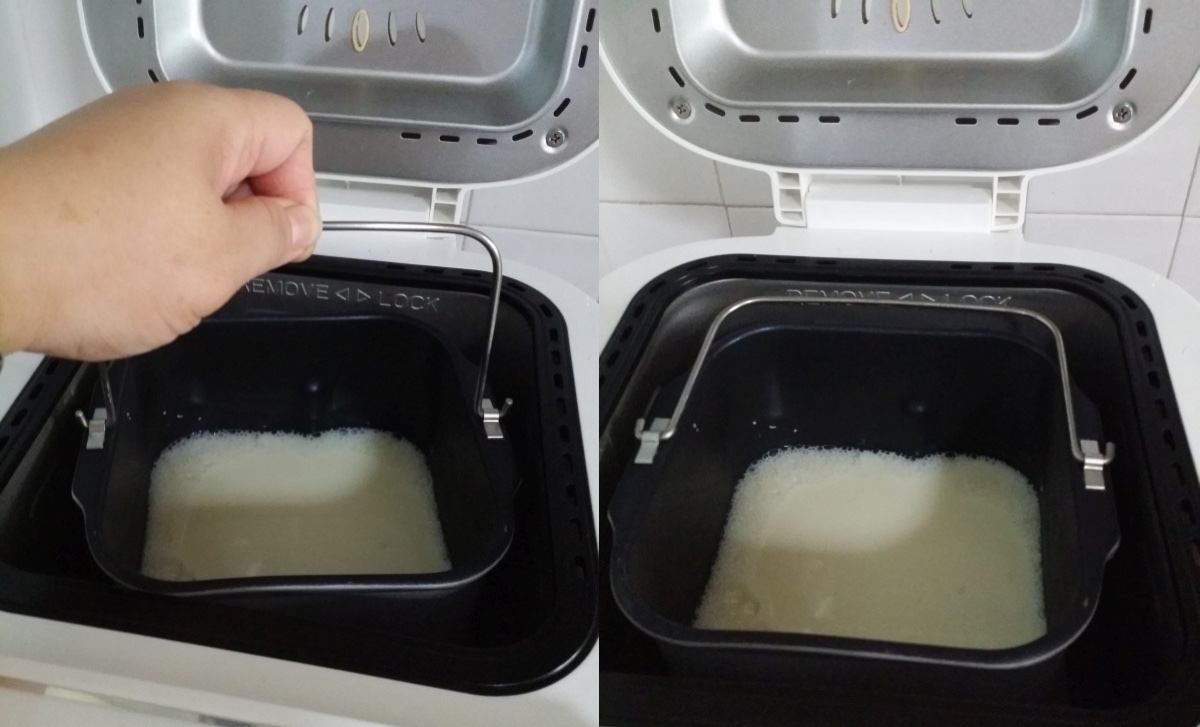
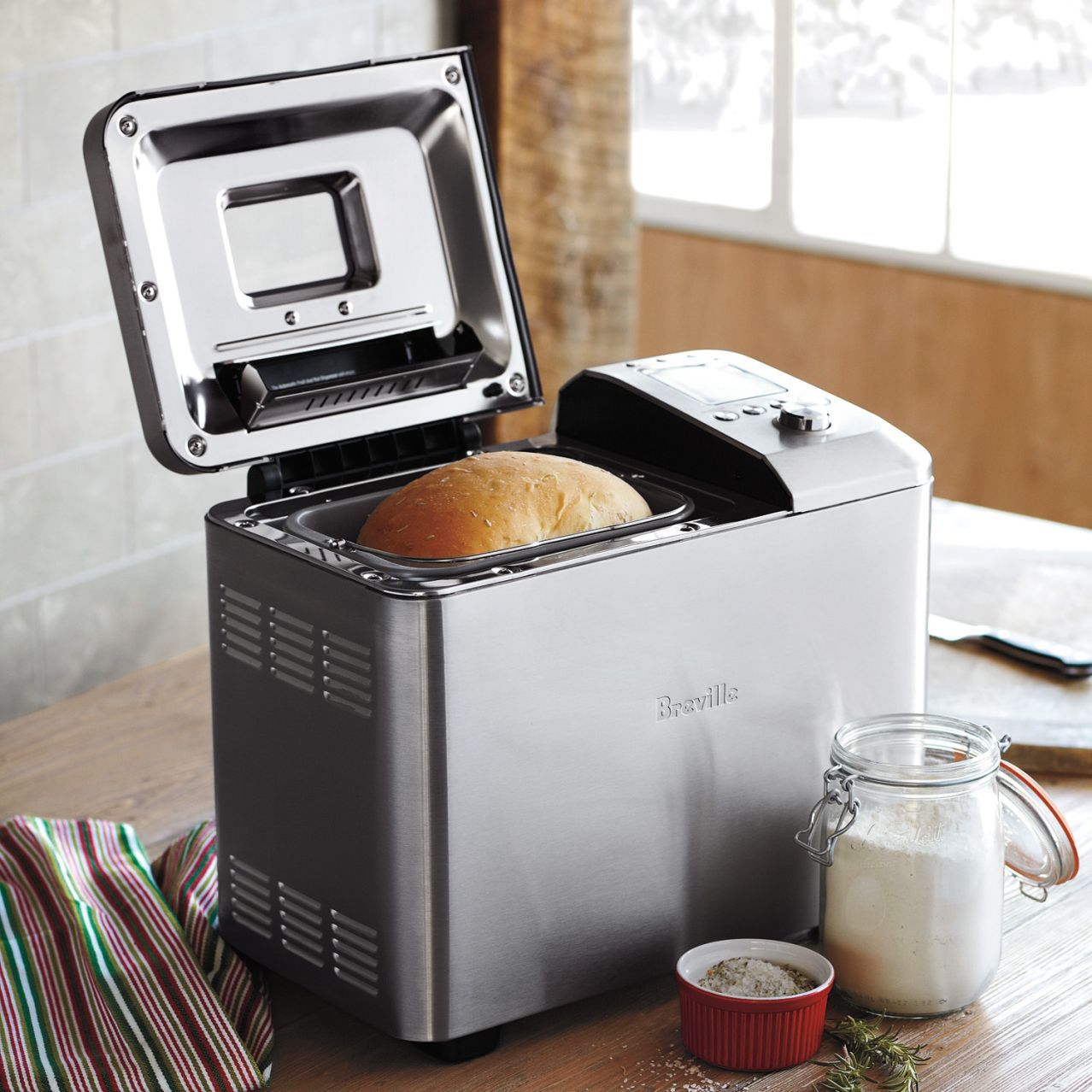

0 thoughts on “How To Make Bread Without A Mixer”